Do Bystanders Have a Responsibility To Do Anything?
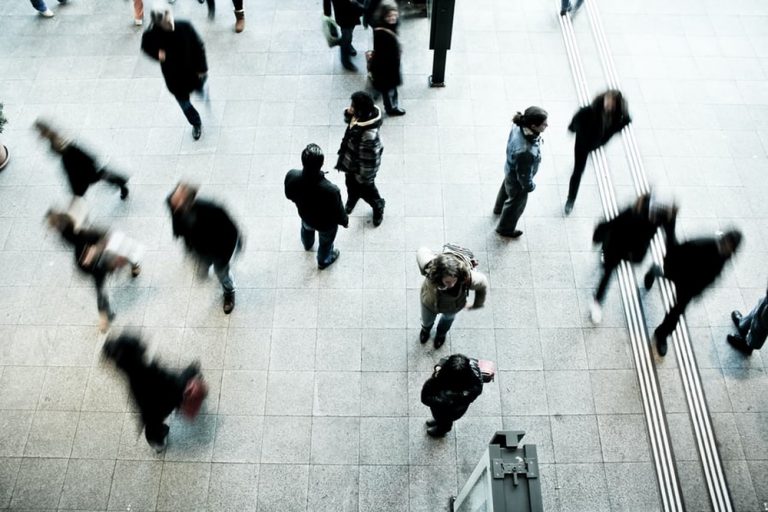
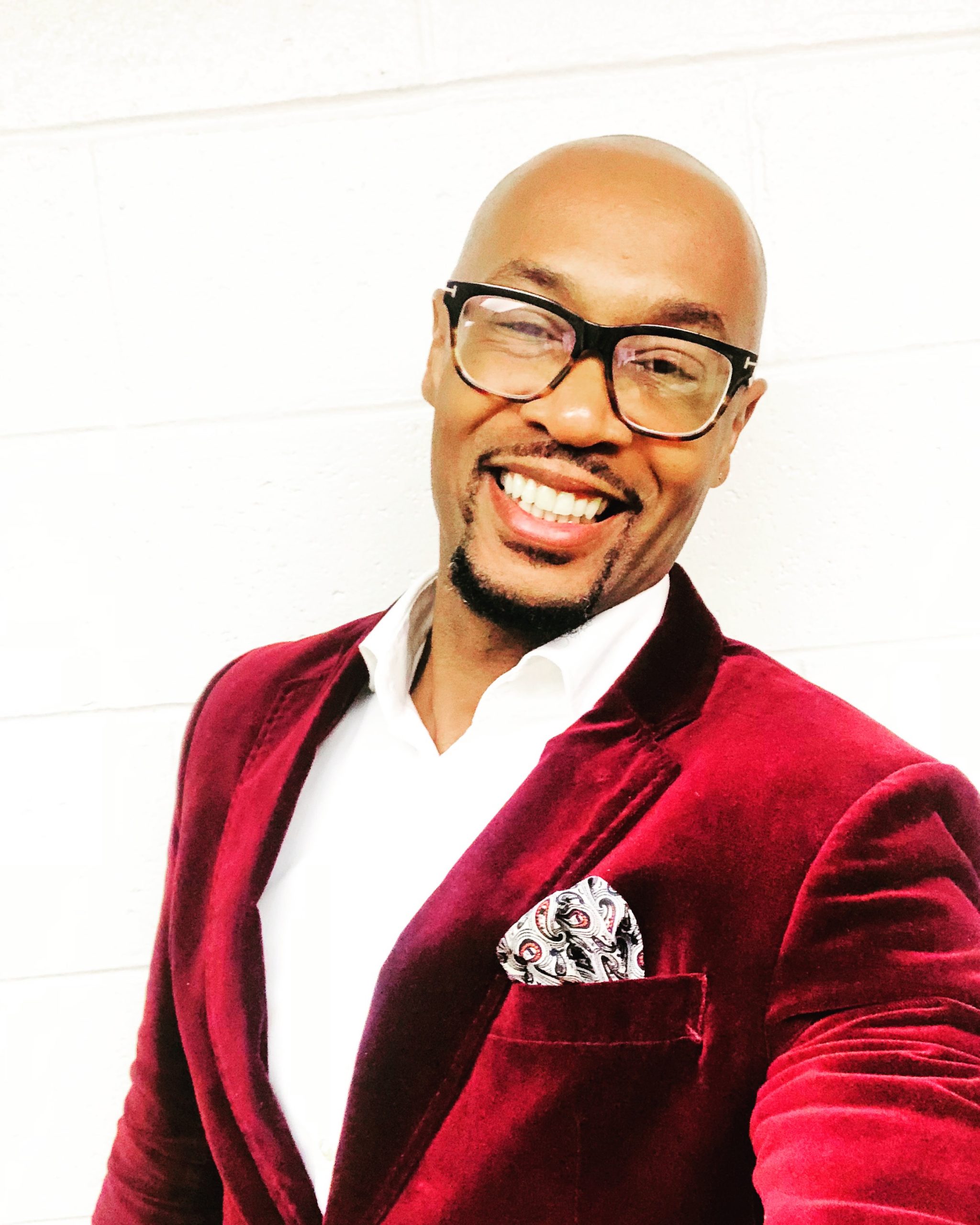
By Antoine G Larosiliere
I understand we live in a world where most people look after their own self interests but, do bystanders have a responsibility to do anything?
How many stories have you heard of people getting hurt and the bystanders do nothing? How many crimes are left unsolved because no witnesses will come forward? How many people have lost their lives because too many lacked the courage to speak up for those who can’t speak for themselves? As an educator, parent and husband, I’ve had my fair share of being a bystander as well as an upstander. After doing some research and taking my own experiences into consideration; I’m a lot more comfortable answering the question;
Do bystanders have a responsibility to do anything? Yes, they do. Bystanders have a responsibility to be upstanders. They have a responsibility to be observant so they can accurately interpret the situation, choose the appropriate strategy that could help or diffuse the situation, and find the courage to execute the strategy. They are responsible for not minimizing or dismissing the bullying or harassment they are either seeing, hearing or have knowledge of. They also have a responsibility to seek professional help if being a bystander is too dangerous.
After reading this article, you’ll know why it’s important to be an upstander and what specific strategies you can use to help each other in moments of crisis.
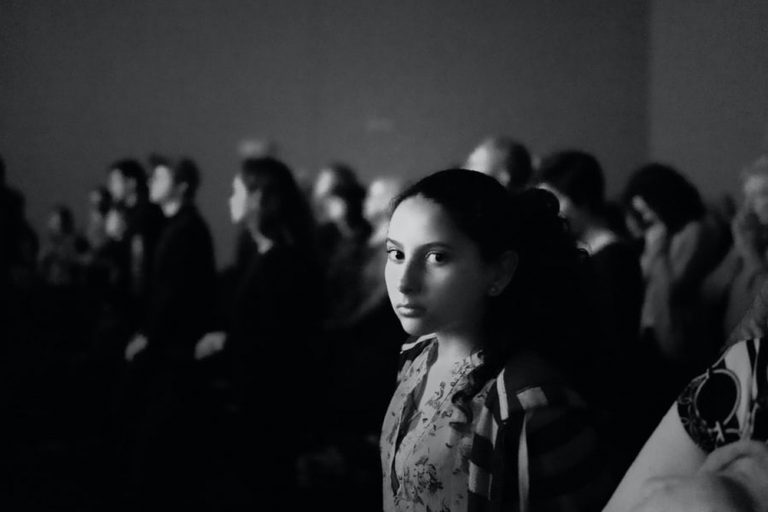
“a bystander is someone who witnesses bullying, either in person or online.”
What’s a bystander?
According to stopbullying.gov, a bystander is “someone who witnesses bullying, either in person or online. Everyone has a choice, and choosing to do nothing indirectly supports the bullying being witnessed. By staying silent or doing nothing, you’re essentially being part of the problem. According to a research, “bullying stops in less than 10 seconds, 57% of the time when someone intervenes on behalf of the victim” (Craig & Pepler, 1997). Potential bystanders include…
- Friends: Friends are usually around during bullying incidents and would like to do something, but often don’t
- Students: If the bullying incident happens in school, there are likely to be students witnesses present.
- Peers: Bullying incidents amongst peers, usually have other peers present.
- Teachers: Teachers are usually present when the incident is on school grounds, whether it be inside the school or on the playgrounds.
- School staff: During the school day, they usually have a presence in the cafeteria, and hallways.
- Parents: If the bullying occurs at home, there’s usually a parent, guardian or other family members that either saw or heard what happened.
- Coaches: Incidents that occur during games or practice usually have a head coach, assistant coach, junior coach, or trainer present.
- Other adults: If an incident occurs in a public place like the mall, or the park; there is usually an adult present. Sometimes we don’t realize they’re there, or they’re a good distance away, but close enough to bear witness to the incident.
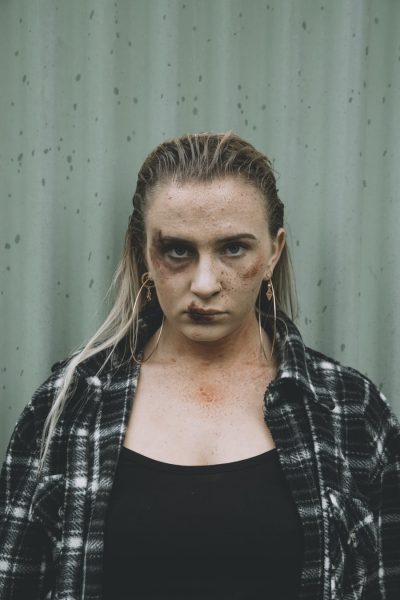
Why is it important to be an active bystander?
It’s important as human beings to always be socially aware of what’s going on. In some situations, it could be a matter of life and death. Being an active bystander doesn’t mean that you’re glued to your phone oblivious of what is happening around you. Being an active bystander means that you are observant, and aware of the social circumstances at all times for your own safety as well as the safety of others. To be an active bystander, you must…
- Observe the incident: Pay attention to what people are doing and to what they are not doing. Pay attention to their body language, words chosen and the tone of voice used. Even try to notice is anyone watching you watch them?
- Interpret the situation: Try to identify if the person needs help, or they’re just messing around. Maybe they are friends, maybe they’re enemies. Are there any adults who can potentially help? Don’t accept a vague interpretation. Investigate with caution and be clear with what’s happening. Don’t let peer pressure distract you from your investigation.
- Choose your strategy: Do not put yourself or the victim in any kind of danger or further danger. Know which strategy will diffuse the situation. Know they’re other ways to help without getting physically involved. Choose the right person to help you execute the strategy.
- Take responsibility: Place yourself in the victim’s shoes and empathize with what the victim needs. Do not assume someone else will do something. Chances are, they are assuming the same thing too. You might not get another opportunity to do the right thing. By taking responsibility now, you will encourage others to take responsibility during future incidents.
- Go for it! Find the courage. Take a deep breath and execute the strategy.

Why do bystanders fail to intervene?
If it’s important to intervene, then why are people not intervening. At this point everyone one knows bullying is a bad thing, and many of us would not want others to turn a blind eye if it was happening to us. There’s a global effort to put a stop to bullying for goodness sake. It’s not because we are bad people, who rather see the victim get hurt or embarrassed. The answer is much more complicated than that. Most people don’t intervene because…
- They fear retaliation: according to researchers “fear” is the main reason children stay silent, and it’s part of the brain’s normal biological functioning.
- Afraid of being labeled a snitch: Children look at this label as a death sentence amongst their peers and in their communities, and they would rather stay silent and avoid this label.
- They don’t know what to do: Many adults as well as children don’t know what to say or do in such situations and become confused and often freeze during the moment.
- Someone else will do something: Children as well as adults assume someone else will do something. This assumption is called “diffusion of responsibility.”
- Adults don’t care: Even though I disagree with the notion “adults don’t care;” In some situations, some children did report bullying, but found out the adult either ignored it or, failed to take serious action against it.
- Lack of empathy: Unless it’s someone close to us, some people just don’t care enough. In their eyes, it’s not something that will directly affect them. They lack the empathy to intervene.
- None of my business: This is often the advice adults often give to protect the people they care about. The thinking is, if you don’t get involved, no danger will come your way.
For more information check out the article, “Why don’t bystanders stand up to bullies? 7 reasons why?”
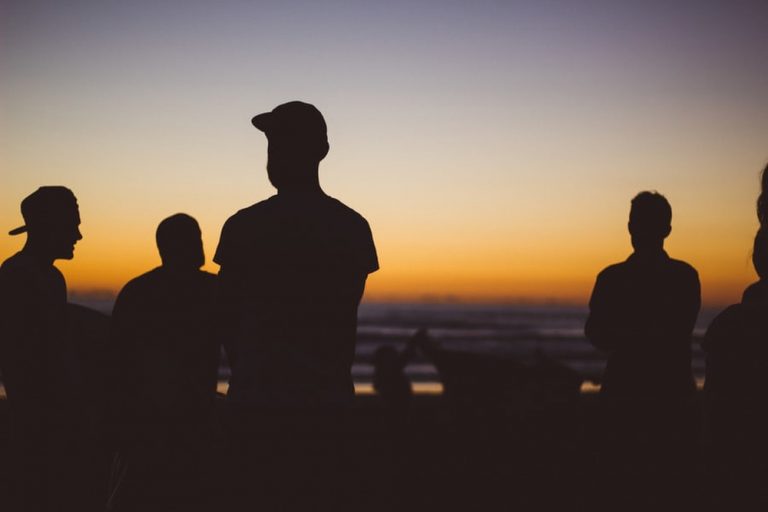
Roles of a bystander: Every bystander has a role they usually play, but that role can change at any given moment. It’s a matter of choosing a different course of action. And whether we realize it or not, our actions affect others. We all have a choice, and how we utilize that power; not only will affect our personal future outcomes, but others as well. The roles of the bystander includes the…
- Outsiders: They witness the bullying incident, but do not get involved. They may observe the bullying but they’re too scared, or not sure what they can do to help. These bystanders give silent approval to the bully by looking on. The bullies love this because it gives them an audience.
- Defenders: They try to help by intervening when bullying is happening. Sometimes stand up to the bully or offer support to the victim (privately or publicly). They might seek help in other ways such as, find help from a teacher or adult, or offer support to the person being bullied. They could also post something nice about them online or send them a friendly message.
- Reinforcers: They support the person who is doing the bullying. They might laugh, encourage, or cheer on the bullying incident. They can also be with the bully when they send nasty images or texts, or post something mean on social media.
- Assistants: They help the bully by joining in. For example, the assistant might repeat the insults, trip or block the victim from leaving. They also forward mean links, texts, images or posts to others. Sharing or liking a mean post on Instagram, facebook or Snapchat compounds the impact and makes it worse on the victim..

What is the bystander effect?
According to psychologytoday.com “the bystander effect occurs when the presence of others discourages an individual from intervening in an emergency situation, against a bully or during an assault or other crime.” The concept further outlines that the greater the number of bystanders, it’s less probable that anyone of them will seek or provide help to the person who needs it. People are more likely to help when there are little to no witnesses around. In a well-known study, researchers found that, “when bystanders were alone, 75 percent helped when they thought a person was in trouble. However, when a group of six people were together, only 31 percent helped.” According to social psychologists Bibb Latané and John Darley, diffusion of responsibility and social influence are the two factors the bystander effect is attributed to. Diffusion of responsibility is a theory which says, “the number of bystanders increases, the personal responsibility that an individual bystander feels decreases.” Social influence refers to how people observe the actions of those around them to determine their behavior.
Use the bystander effect for positive change
We can use the diffusion of responsibility and social influence factors to have a positive impact on the bystander effect. In other words, people are likely to change their behavior for the better when they feel they are being watched and when their premeditated actions align with what they identify with socially. For example, if bystanders knew they were being recorded; the number of people to intervene during a crisis would increase astronomically. If someone identifies with being pro-equality, they’ll stand up for someone being treated unfairly more so when they know they’re being observed.
Bullying is all of our responsibilities
The world is a lot smaller than we think. The actions we take in our local communities, affect the national landscape, and what happens in each country affects the global community. What I’m trying to say is we’re all connected. If you understand this, it becomes a little easier to take responsibility for what is happening around you. If we don’t carry our fair share of community responsibility, someone else has to carry a heavier burden. It’s irresponsible for us to knowingly do so when we’re more than capable to carry our own weight of responsibility. It’s ok if you’re the first to speak up, others will follow. No one wants to be the next victim with no one to speak up or stand up for them.
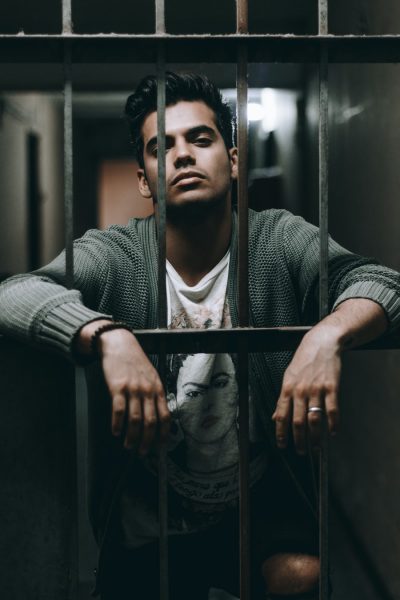
Is there legal risk involved?
If you get involved and the outcome is negative, you could be held legally liable.
Many bystanders fear such consequences and it becomes a contributor to the bystander effect and a catalyst to why they don’t intervene. Due to this consequence hovering over the bystander’s head, some places passed Good Samaritan laws to encourage people to do the right thing and help make their communities a safer place for everyone. Good Samaritan laws offer limited legal protection to people who try to help victims.
If you decide not to get involved, there are usually no legal consequences. You likely will feel bad about turning a blind eye to someone in need. If you later find out the victim’s situation worsened because you didn’t get involved, you’ll probably have a degree of guilt you have to deal with. You could also be deemed morally guilty. On the other hand, some places have made it a crime not to help someone in need by creating legislation called, “duty-to-rescue” laws.
You’re a hero to the victim.
An upstander is a person who speaks or acts in support of an individual or cause, particularly someone who intervenes on behalf of a person being attacked or bullied. Upstanders are our heroes when referring to a bullying situation. The victims are in a vulnerable state filled with confusion, stress, fear, shame, and embarrassment. The bullying situation couldn’t be more serious for them, and an upstander can alleviate a lot of this pressure they are facing alone. The upstander is the hero every victim who’s being bullied needs. Their actions inspire others to be upstanders as well.
Choose a specific course of action.
Bystanders are essential to stopping bullying and saving lives. It requires a communal effort, everyone must get involved; parents, teachers, and students can all make a difference. It’s important for everyone to choose safe and effective ways bystanders can intervene in a bullying situation. Some prevention strategies include…
- Create separation: Separate the bully from the victim, and if need be place yourself between them. Express your concern for what you’re witnessing and make it clear you’re only trying to help. Usher them both in opposite directions to prevent them from crossing each other’s path for the moment. Make sure everyone makes it home safely by encouraging other bystanders to usher them home.
Example- “What’s going on here, is everything ok?” “Break this up and go enjoy the rest of this beautiful day.” “You guys look like you could use some help, well that’s what I’m here for.” - Create a distraction: Do your best to find a way to divert the attention of the bully and any others who are actively participating in the bullying. Turn their focus onto something else to hopefully de-escalate the situation. Some acting may be involved to pull their attention from their current focus. You can start a whole new conversation or change the topic of the current conversation. You can act like the’re a sudden emergency that requires their attention
For example- Call either the bullies or the victims cellphone and tell them someone is either looking for them or there’s an emergency they must tend to. Try saying, “your car is getting towed” or, “I think the cops are coming” or “the principal is coming.” - Delay the situation: If you notice tensions are about to boil over, try to delay it. Once the situation finally spills over, it’s much harder to contain or diffuse. Try to intervene to prevent the situation from climaxing. The distraction must be visible enough to be effective. This will buy you time to figure out the next steps.
Example- Spill a drink on someone, break something with the sound of the breaking being loud enough to get everyone’s attention. Scream or tell someone else to scream as loud as they can, as if they are in danger. - Directly Intervene: Directly step in and intervene to stop the situation not to delay it or buy you time. Address it firmly by either saying or doing something. It doesn’t matter if the situation hasn’t boiled over yet or if it’s already at or, past that point.
For example- Say that what is happening is not okay, or is not appropriate. Tell them to stop it, or get away from their target. Pull the victim away to safety, or pull the bully off the victim. - Organize a group intervention: This is a lot harder to organize on the fly, because this takes a bit of work. It’s much harder to recruit a group of people as the bullying is happening. More than likely there won’t be enough time or the right collection of people to ensure an effective intervention. If you can anticipate the bullying beforehand, and you have time to recruit people to help out; that would be ideal. Get friends of the bully as well as friends of the victim to help out.
Example: Coordinate a sit-down intervention before an actual incident to prevent one from happening. Coordinate a separation where one group of friends is holding back one side of the conflict and another group is holding back the other. - Make a Scene: I know you’ve seen this in the movies often, but it actually works in real life as well. Nothing creates a distraction or delays a situation like making a scene. It’s very effective in keeping the situation from escalating further. The distraction might also buy you time to recruit people to help intervene in the situation.
Example: Start an argument with someone else. Scream and act like someone just hit you in the eye and you don’t know who it is. Flip out and act like someone just stole hundreds of dollars from you. Worst case scenario, pull the fire alarm.
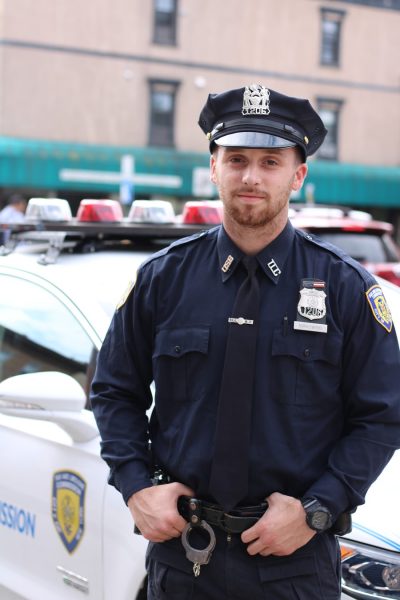
- Get Professional Help: Some situations can’t be helped by simply one or a group of bystanders intervening. Although, the intervention might have worked temporarily; some situations require a more professional approach to sustain continued success. You, you’re friends or the other bystanders may not have the expertise to truly diffuse the situation. The more dangerous situations should be addressed by proven professionals.
Example- Call 911 or 311 to get police assistance. Contact the National Suicide Prevention Lifeline online or at 1-800-273-TALK (8255). The toll-free call goes to the nearest crisis center in our national network. These centers provide 24-hour crisis counseling and mental health referrals. The school is not adequately addressing harassment in the U.S. Department of Education, Office for Civil Rights or the U.S. Department of Justice, Civil Rights Division.

Rule of thumbs to make a difference…
- Observe: Look for the warning signs of abuse or the symptoms to someone being victimized. If you notice something, say something. If someone shares their experience with you, it’s important to take it seriously and express it has validity.
- Don’t minimize it: Don’t act like it’s not a big deal. Encourage those who have experienced harassment and abuse to seek help.
- Don’t dismiss it: Don’t dismiss what someone has shared with you even if some parts of their story doesn’t make sense to you. They might be purposely leaving parts out that embarrass them or too hurtful to mention.
- Look out for one another: If you notice someone is in trouble and needs some help don’t avoid or pretend you don’t see them. Ask if they’re ok or if then need help. Those words alone will let them know they’re not alone.
- Let your voice be heard: If you notice any form of harassment or bullying tell someone of authority. If you see or hear something offensive, don’t laugh. If you laugh or say it’s funny, you are indirectly showing support to it and hurting the people it’s directed to. Instead, say you don’t think it’s funny and try to encourage respectful behavior.
- Get involved: Educate yourself on the warning signs for when someone is being harassed or bullied. Learn how to properly seek help and not contribute to an abusive situation. Join any anti-bullying club or campaign your school or communities may have.
Other Prevention methods…
- Invite people to join your activities and social groups.
- Reach out privately to the victim of the bullying to express support or concern.
- Be a leader and a role model for anti-bullying groups and pro-empathy behaviors by showing kindness and respect to others.
- Interact and socialize with children who are usually targets for bullying behaviors and be advocates for children who usually don’t speak up.
- Get involved with social-emotional education efforts at school or in the community
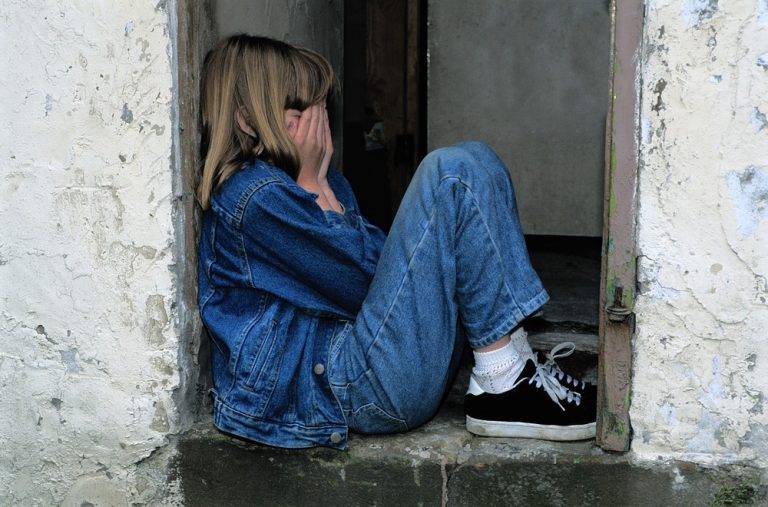
The responsibility to keep our communities safe from violence and abuse falls upon us all. We are a global community, and the actions of a few impacts the whole planet. Our non-action or silence when witnessing a crisis situation damages the future safety and security for us all. So, when in that crisis moment, you are faced with the decision to be a bystander or upstander; try to remember your safety and security are in jeopardy as well. Hopefully this article has been helpful. Also visit my YouTube channel for more insight to these topics.
The Bully Experience "Daniel's Story"

Sign up for our newsletter and Read the novel For Free!
Stay updated. Sign up for our newsletter, and get the first two chapters of The Bully Experience Daniel’s Story absolutely free.